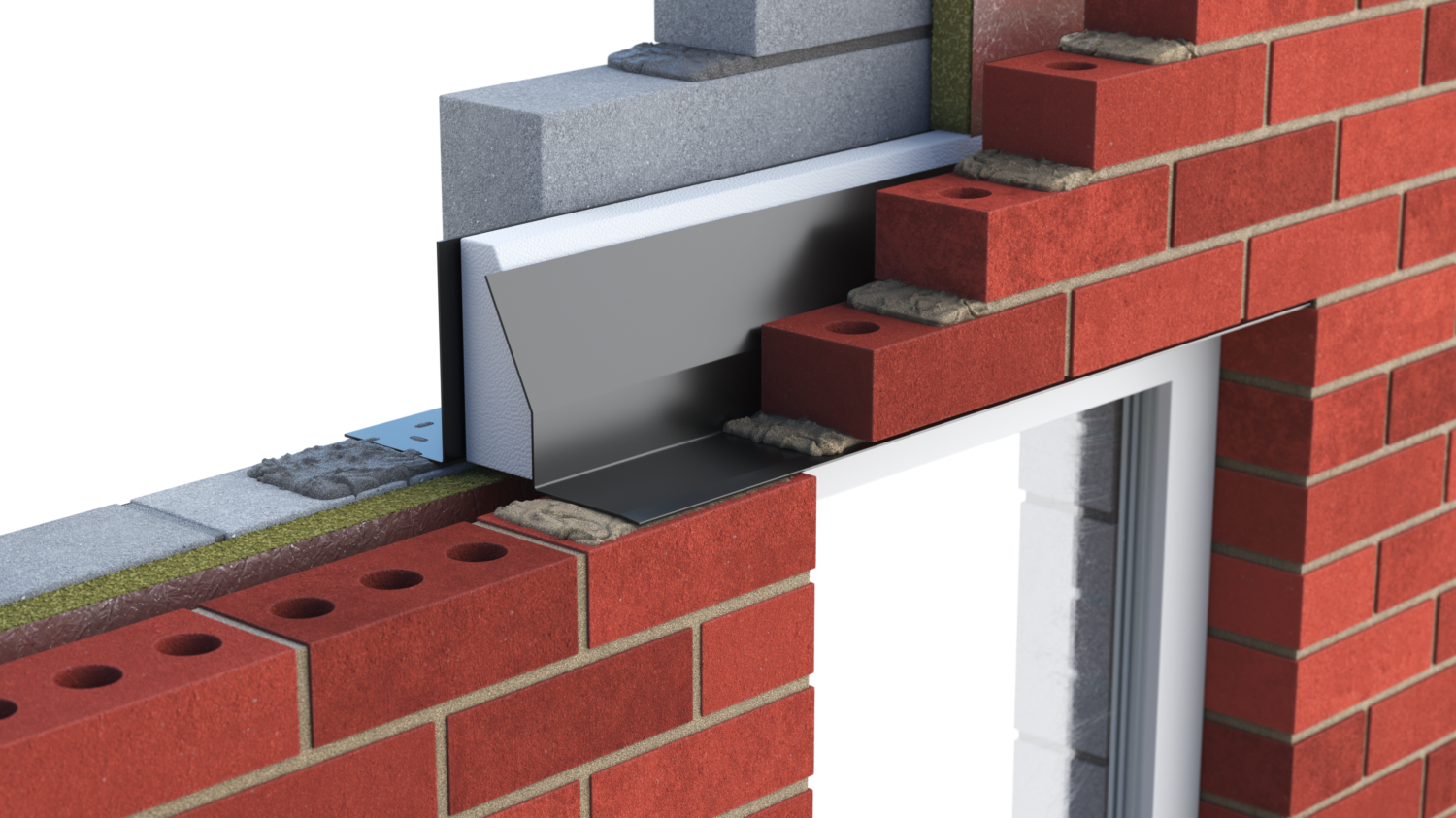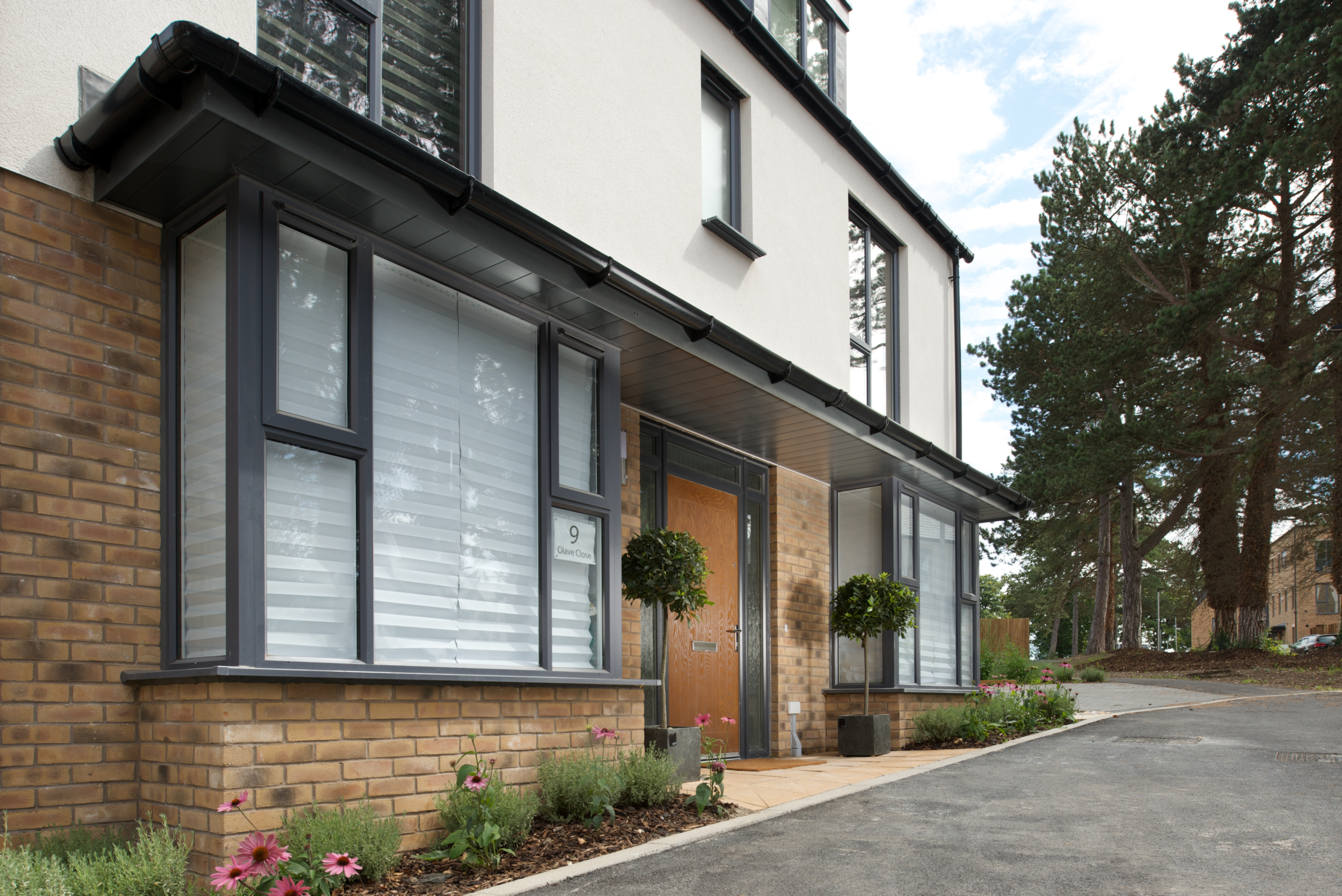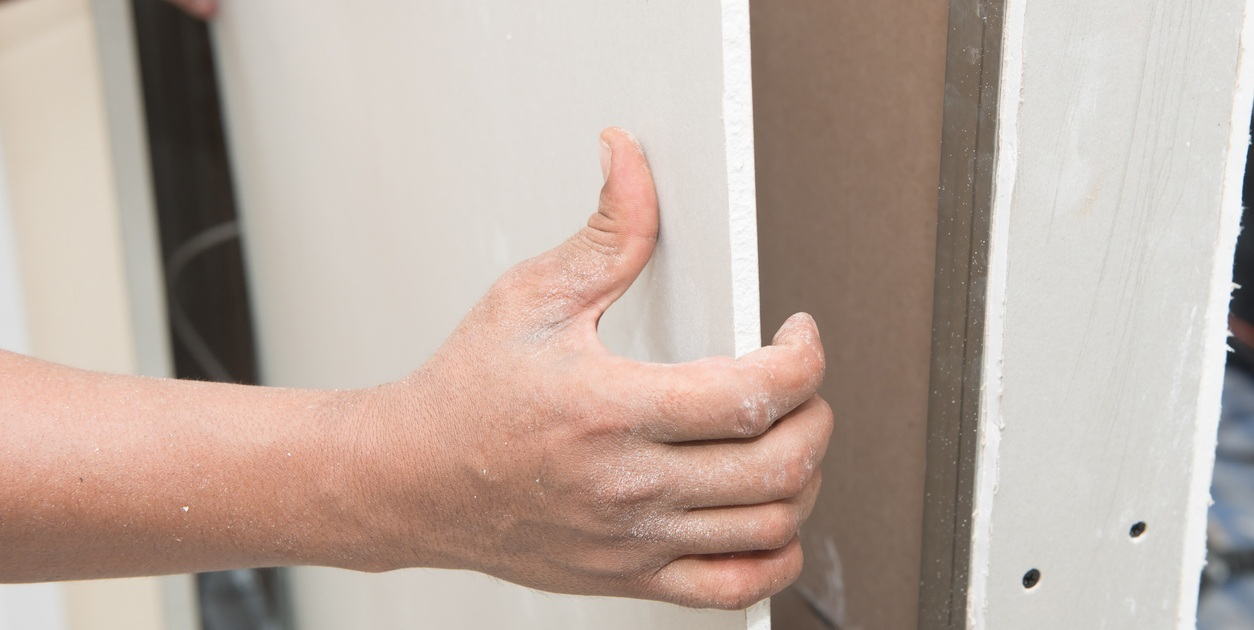⏱️ ~ 7 min read
Why Building Fabric Matters for Net Zero
Reducing the energy demand of buildings is essential to achieving the UK’s legally binding target of net zero carbon emissions by 2050. One of the most effective ways to do this is by specifying high-performance building fabric, which includes thermally efficient components like, one of which are lintels. As national building regulations evolve to support this goal, the Future Homes Standard is set to reshape how new-build residential developments are designed and constructed.
What Is the Future Homes Standard?
The Future Homes Standard (FHS) is a new set of building regulations for England, designed to ensure that homes built from 2025 onwards are future-proofed for low carbon heating and world-leading energy efficiency. According to the Department for Energy Security and Net Zero, homes built to this standard will:
- Be gas-free, relying on clean heating systems
- Include solar panels as a functional requirement (where feasible)
- Achieve 75–80% fewer carbon emissions compared to homes built under 2013 regulations
Legislation is expected to be laid before Parliament in December 2025, with a 12-month transition period. From December 2027, all newly commenced homes must comply fully with the FHS.
How the Standard Evolved
The FHS aims to align building performance with net zero goals. Two interim options were proposed:
- Option 1: 20% reduction in carbon emissions via improved building fabric
- Option 2: 31% reduction using carbon-saving technology, with modest fabric improvements
The government preferred Option 2, though many stakeholders felt it didn’t go far enough to address long-term sustainability.
The Role of Lintels in Meeting the Standard
While the primary function of a lintel is structural, its thermal performance is increasingly critical. The Catnic TBL range offers:
- Low psi values between 0.02 and 0.05 W/mK
- Equivalent load-bearing capacity to standard cavity wall lintels
- Reduced thermal bridging at door and window heads
This makes thermally broken steel lintels a simple, cost-effective solution for improving energy efficiency without altering design or construction methods.

Why Thermally Broken Steel Lintels Matter
As floors, walls, and roofs achieve lower U-values, linear thermal bridges become a larger contributor to heat loss. Specifying high-performance lintels helps:
- Minimise heat loss through structural openings
- Support compliance with current and future Part L regulations
- Future-proof developments for evolving standards
Resources and Support
- Download our white paper on lintel performance and thermal bridging
- Use our product selector to find the right lintel for your project
- Contact us to discuss your specification needs
More
-
![]()
- Plaster Bead & Mesh
- Guide
How to Fix an Angle Bead to Plasterboard
-
![]()
- Lintels
- Guide
Why thermally broken lintels are a game changer


